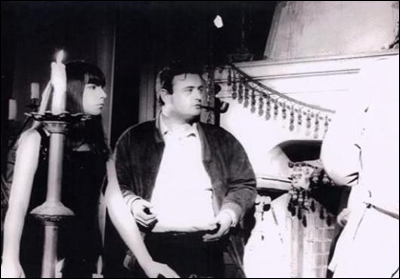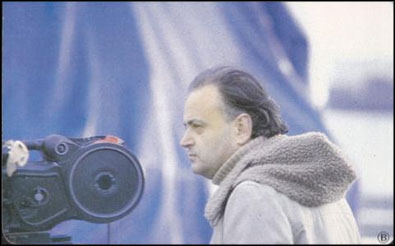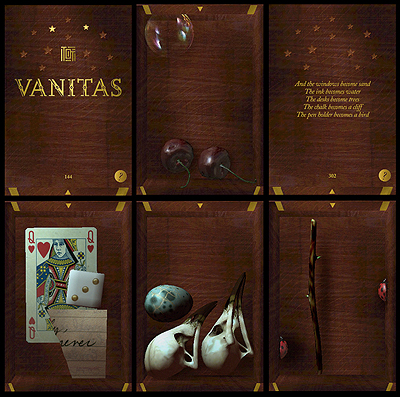Fables and Phantasmagoria: Christiane Cegavske
Blood Tea and Red String, 2006
Described as “a David Lynchian fever dream on Beatrix Potter terrain”, Christiane Cegavske’s exquisitely-crafted stop motion tale Blood Tea and Red String is a macabre delight and a labor of love that was 13 years in the making. The film, a dialogue-free, avant garde “fairy tale for adults” follows two groups of anthropomorphic creatures in fancy costumes -the aristocratic White Mice and the rustic Creatures Who Dwell Under the Oak – and the “struggle over the doll of their heart’s desire.” This struggle, notes one critic, is so fascinating because the actions and emotions of these bizarre creatures “so uncannily resemble warts-and-all human behavior”. We find a “disturbing comfort” in these unconventional characters, and we see ourselves in this magic world that Cegavske creates.
This beguiling, nightmarish, deceptively whimsical world extends far beyond the phantasmagoric fable that is Blood Tea and Red String. Cegavske, also responsible for the animation in Asia Argento’s The Heart is Deceitful Above All Things, began dabbling in film making and animation at an early age (5th grade!) with an oddly satisfying-sounding claymation short about trick-or-treaters whose candy is stolen. Not only is she an extraordinary film maker, but a talented artist in several mediums and a self professed “Creator of Many Things” with an Etsy shop full of delightful oddities as well.
See below the cut for our recent tête-à-tête with Christiane in which we parley on the subjects of muses and myths, future dreamscapes, and fancy edibles.










